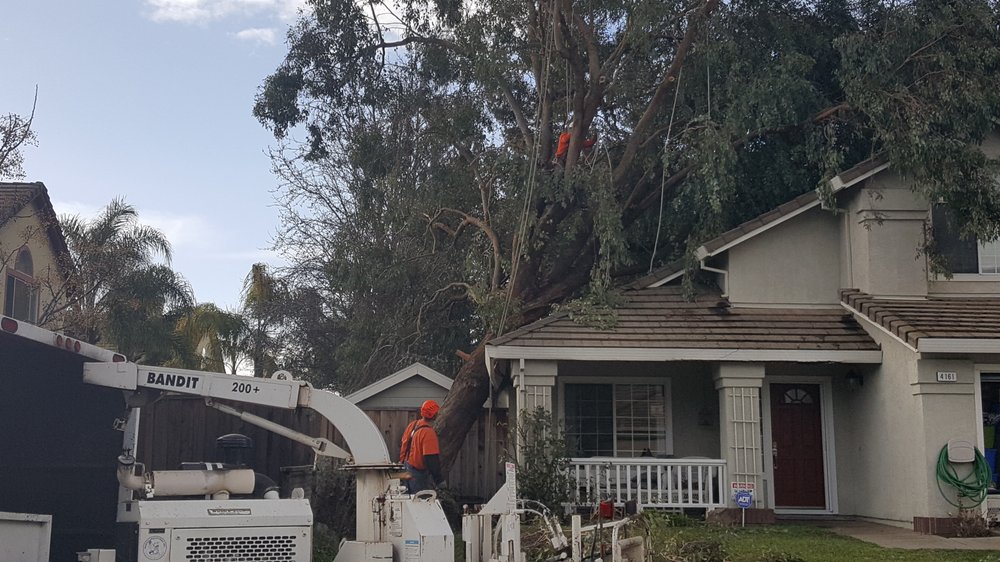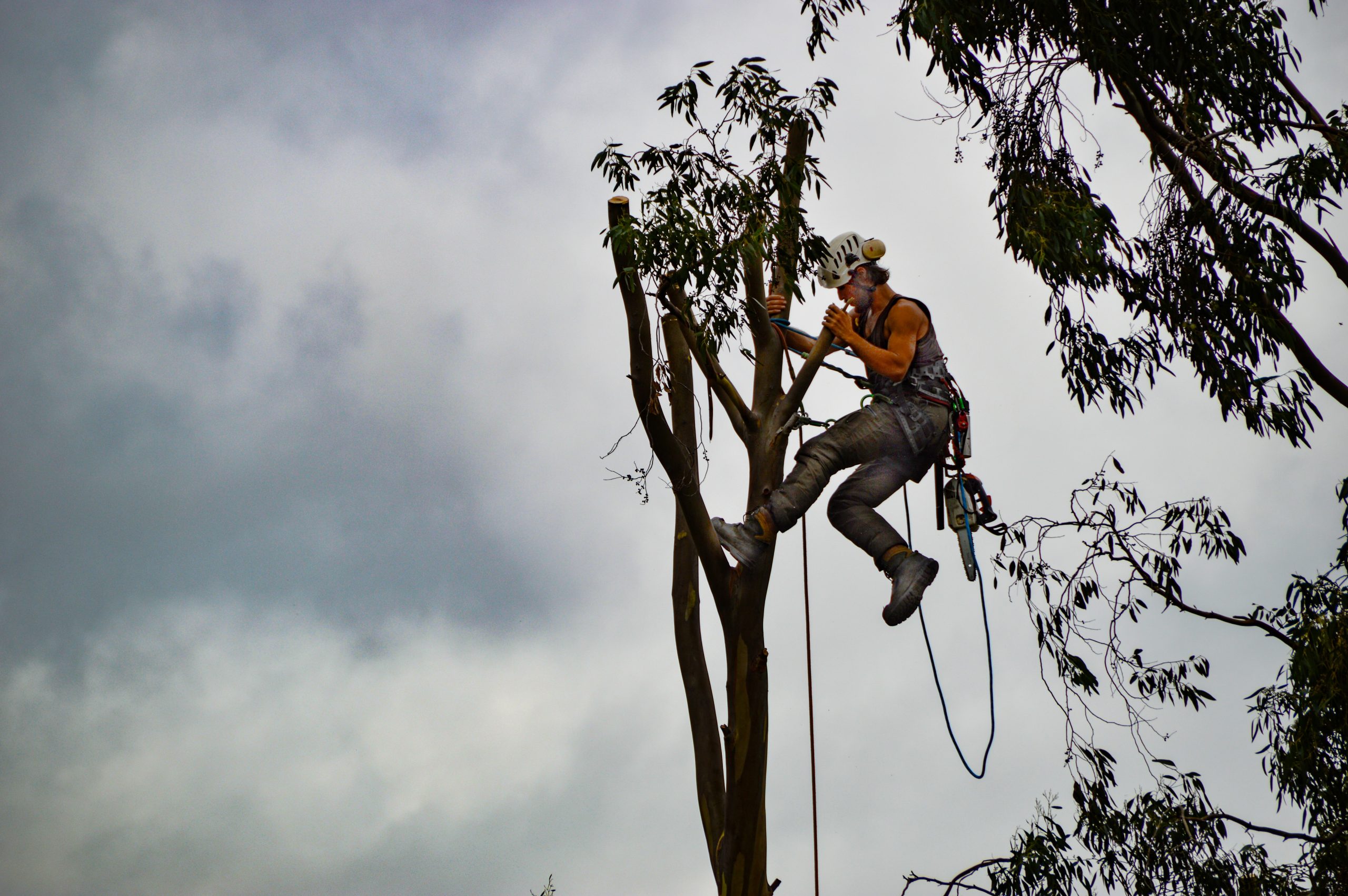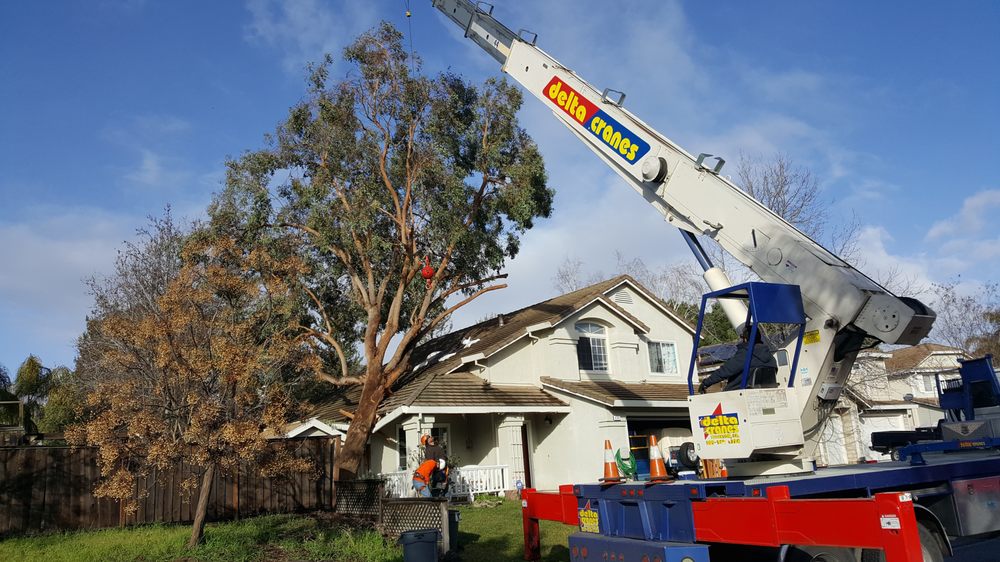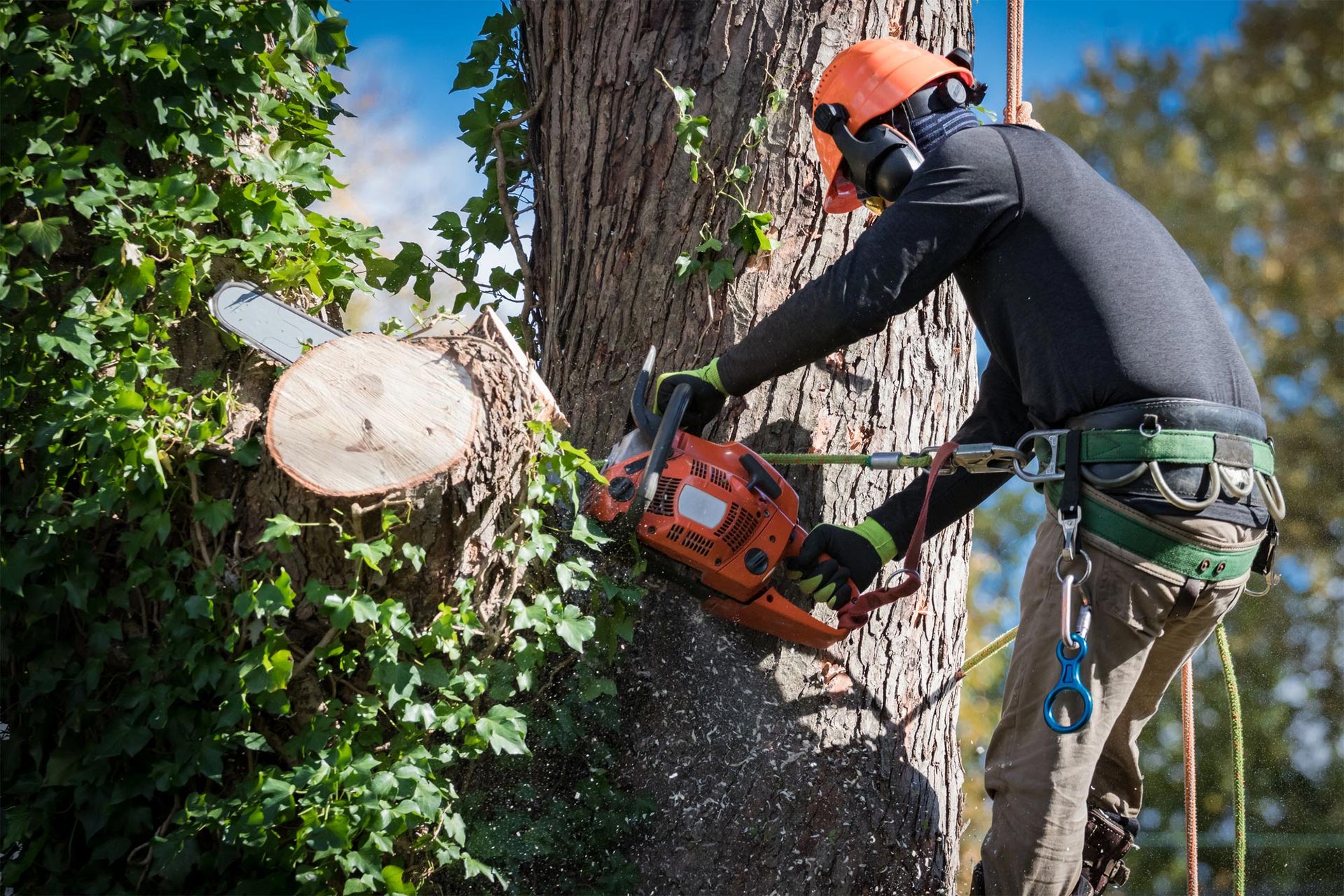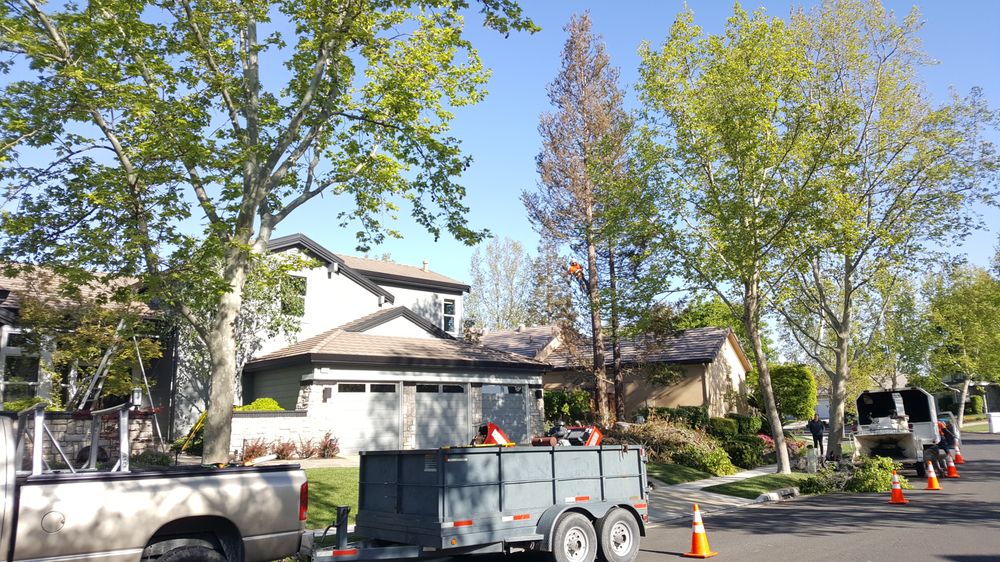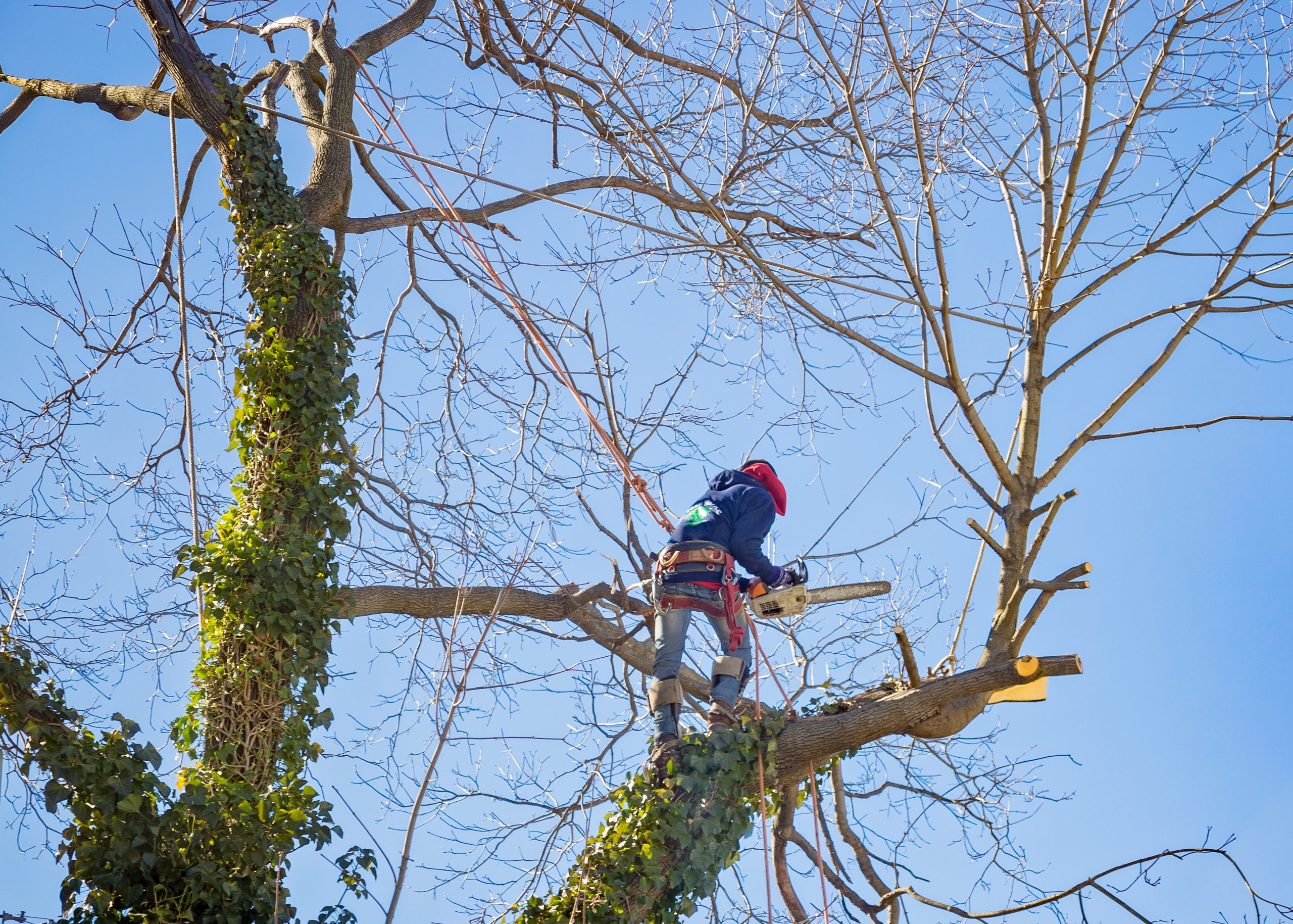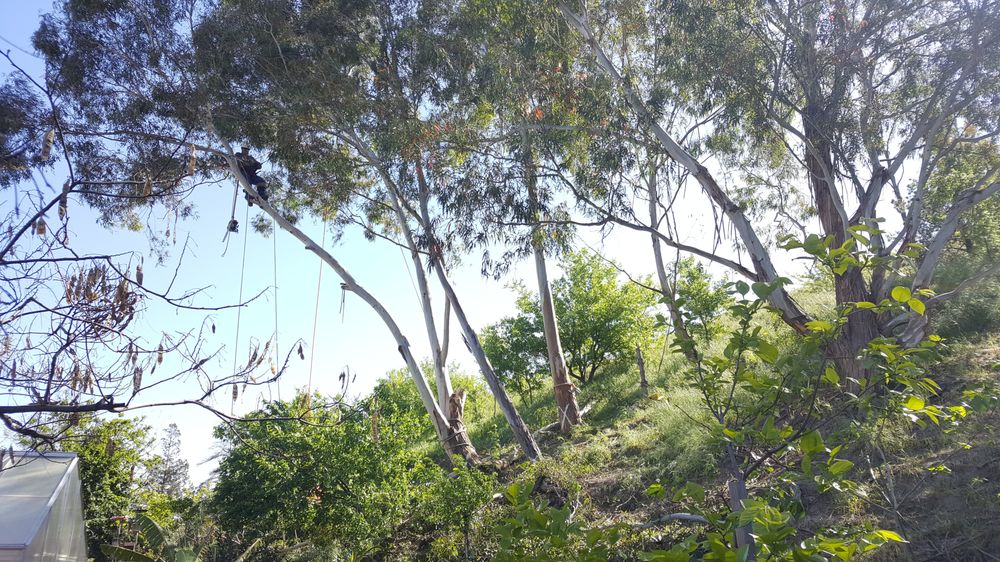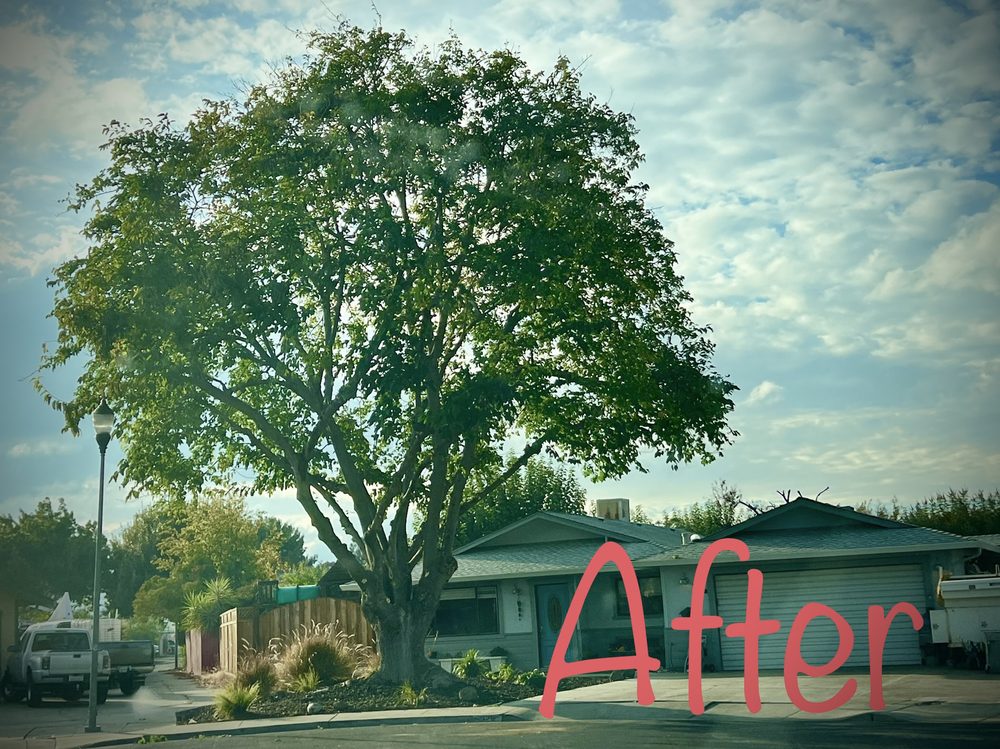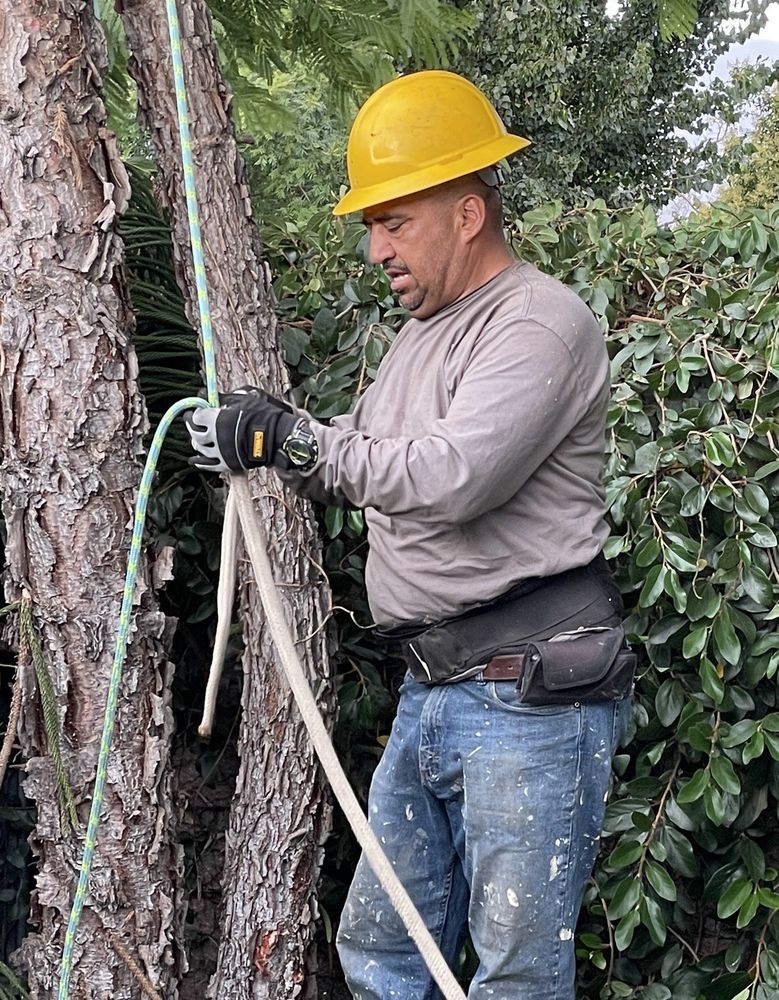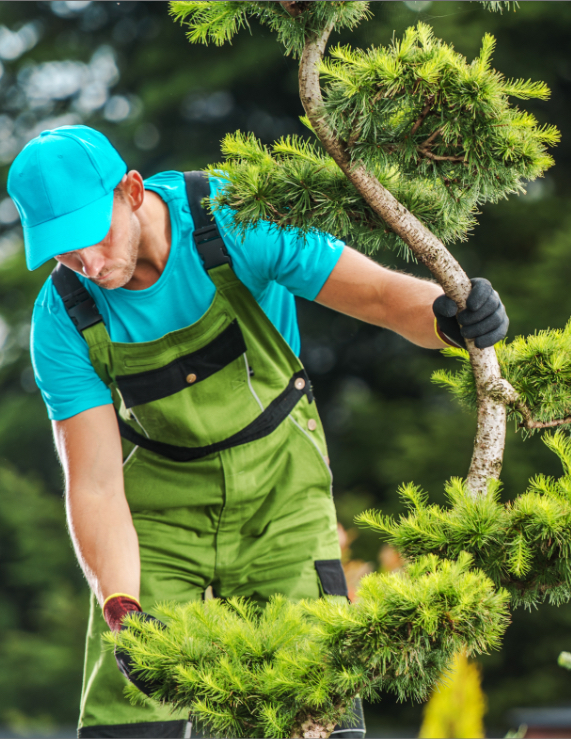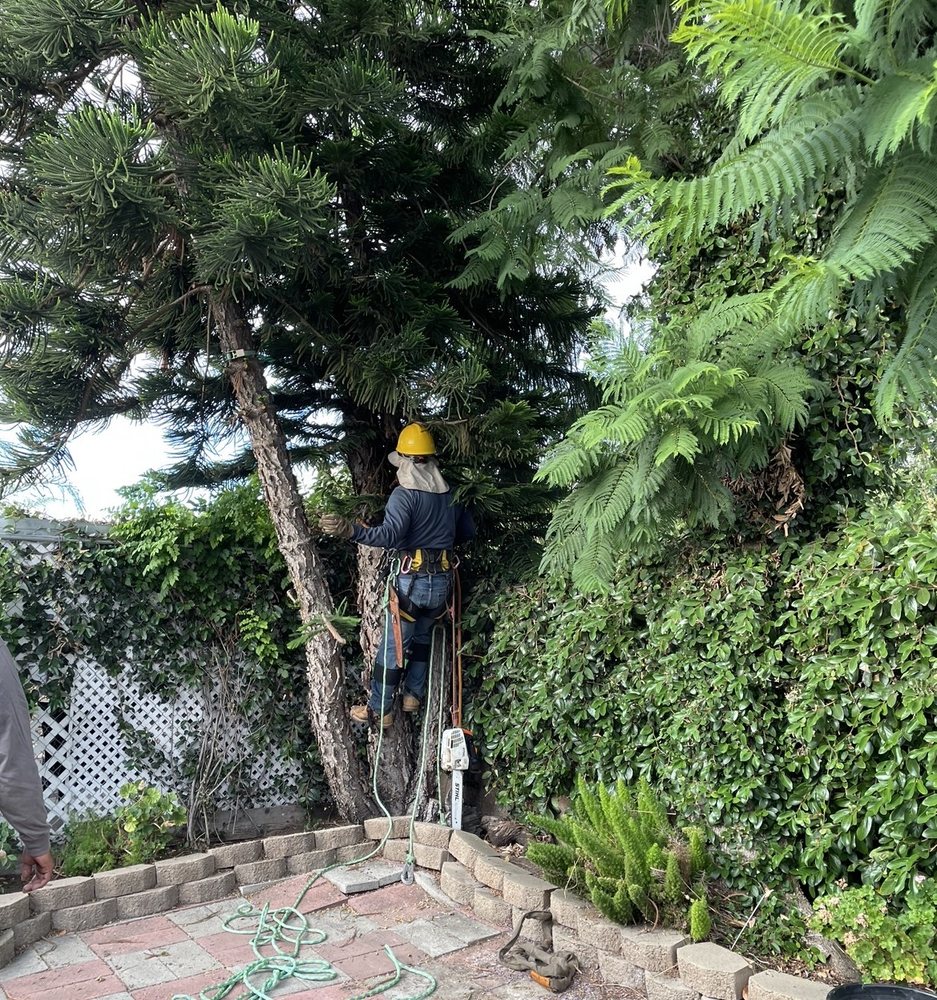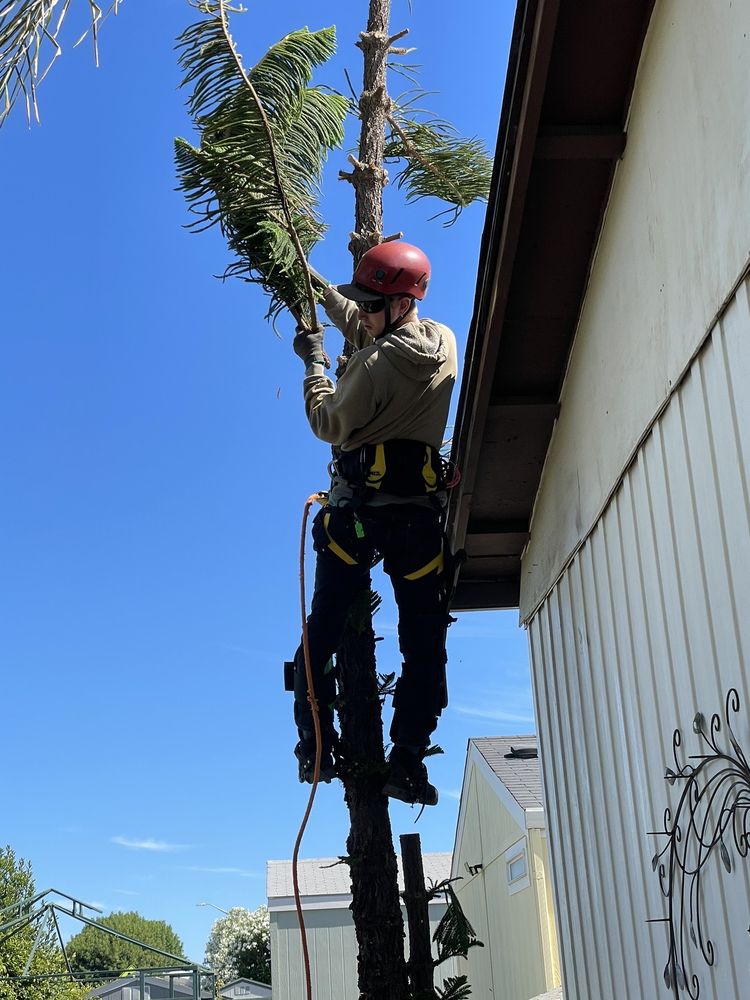Pruning trees is a crucial aspect of tree care and maintenance, especially in California where the climate can vary widely depending on the region. Proper pruning not only enhances the aesthetic appeal of trees but also promotes their health and longevity. However, improper pruning can lead to a variety of issues, including disease susceptibility, structural weakness, and even tree death. In California, where trees play a significant role in the landscape, avoiding mistakes when pruning is essential. Here are the top five mistakes to avoid when pruning your trees in California:
1. Pruning at the Wrong Time of Year
Timing is critical when it comes to pruning trees in California. Different tree species have varying dormancy periods, and pruning at the wrong time can leave them vulnerable to diseases and pests. In general, it’s best to prune most trees during the dormant season, which typically occurs in late winter to early spring. Pruning during this time minimizes stress on the tree and allows wounds to heal more effectively before the growing season begins. However, there are exceptions. For example, spring-flowering trees should be pruned immediately after flowering to avoid removing next season’s flower buds. Similarly, certain species, such as oak trees, should only be pruned during specific times of the year to prevent the spread of oak wilt disease. Before pruning any tree, research the specific timing requirements for that species to ensure you’re not inadvertently causing harm.
2. Over Pruning or Topping
Over Pruning, often referred to as “topping,” is a common mistake that can severely harm trees. Topping involves indiscriminately cutting back large branches to stubs or reducing the overall size of the tree by removing a significant portion of its crown. While this may seem like a quick fix for controlling tree size or reducing shade, it actually weakens the tree’s structure, stimulates excessive growth of water sprouts (weak, fast-growing shoots), and exposes the tree to diseases and pests. Additionally, topped trees are more prone to sunburn and drought stress. Instead of topping, focus on selective pruning to maintain the tree’s natural shape and structure while removing dead, diseased, or crossing branches. If a tree has outgrown its space, consider planting a more suitable species or hiring a professional arborist to perform crown reduction pruning.
3. Improper Pruning Techniques
Proper pruning techniques are essential for the health and vitality of trees. One common mistake is making improper cuts that can lead to long-term damage. For example, leaving stubs when removing branches prevents proper wound closure and creates entry points for pathogens. Additionally, cutting too close to the trunk, known as “flush cutting,” can damage the branch collar and inhibit the tree’s ability to compartmentalize the wound. Instead, use the three-cut method for larger branches: make an undercut several inches from the trunk to prevent bark tearing, then make a second cut from the top, slightly further out from the first cut, allowing the branch to fall without tearing the bark. Finally, make a third cut just outside the branch collar to promote proper healing. When pruning smaller branches, cut just outside the branch bark ridge and collar to avoid damaging healthy tissue.
4. Ignoring Tree Health and Structure
Before pruning any tree, it’s essential to assess its overall health and structure. Pruning can stress trees, especially if they’re already weakened by disease, pests, or environmental factors. Additionally, poorly structured trees are more prone to limb failure and storm damage. When pruning, prioritize the removal of dead, diseased, or damaged branches, as well as any crossing or rubbing branches that can create entry points for pathogens. Pay attention to the tree’s natural growth habit and avoid removing more than 25% of its foliage in a single growing season. If you’re unsure about the health or structural integrity of a tree, consult with a certified arborist who can provide professional guidance and recommend appropriate pruning strategies.
5. Neglecting Safety Precautions
Pruning trees can be hazardous, especially when working with large or overgrown specimens. Neglecting safety precautions puts both you and the tree at risk of injury or damage. Before pruning, inspect the area for overhead power lines, structures, or other obstacles that could interfere with your work. Always use sharp, properly maintained pruning tools, and wear appropriate personal protective equipment, including gloves, eye protection, and sturdy footwear. When pruning trees near power lines or in precarious positions, consider hiring a professional tree care company with the necessary training and equipment to safely complete the job. Additionally, never attempt to prune a tree that requires climbing unless you have the proper training and experience.
Understanding Pruning Importance
Pruning is essential for tree health as it removes dead or diseased branches, preventing decay and promoting new growth. It also enhances air circulation, reducing the risk of fungal infections.
Proper pruning techniques ensure that trees receive adequate sunlight and nutrients, leading to improved overall health and vigor. This results in stronger resistance to pests and diseases.
Aesthetic Appeal
Pruning plays a crucial role in maintaining the aesthetics of trees by shaping them for a pleasing appearance. It helps in controlling the size and form of trees, making them visually appealing in landscapes.
Trimming branches strategically can create an open canopy that allows light to penetrate evenly, resulting in a well-balanced tree structure that complements the surrounding environment.
Fruit Production
Effective pruning can significantly enhance fruit production by stimulating the growth of new fruiting wood. By removing excess branches, more energy is directed towards fruit development, leading to higher yields.
Regular pruning also ensures that fruits receive sufficient sunlight and airflow, reducing the risk of fungal infections and improving their quality.
Disease Prevention
One of the key benefits of pruning is its role in preventing the spread of diseases within trees. Removing infected branches helps eliminate sources of infection, protecting the overall health of the tree.
Proper pruning practices also promote faster healing of wounds, reducing the chances of pathogens entering through open cuts. This proactive approach can safeguard trees from various fungal and bacterial diseases.
Structural Integrity
Pruning is essential for maintaining the structural integrity of trees, especially during strong winds or storms. By removing weak or crossing branches, trees are less prone to damage from external forces.
Regularly trimming trees encourages proper branch distribution, preventing overcrowding and reducing the risk of breakage. This promotes a strong framework, ensuring long-term stability and safety.
Risks of Improper Cutting Methods
Improper heading cuts can expose trees to harmful fungal infections, compromising their health. When trees are cut incorrectly, the wounds left behind become entry points for pathogens.
Pruning at incorrect angles or leaving shoots too long can weaken the tree’s defense mechanisms, making it susceptible to various diseases. To maintain tree health, it is crucial to follow proper pruning techniques.
Incorrect cutting methods not only pose a risk to the tree’s immediate well-being but also contribute to the spread of plant diseases. Trees that undergo improper pruning are more likely to develop infections and diseases.
When trees are pruned incorrectly, they struggle to recover efficiently, leading to stress and vulnerability. It is essential to prioritize the tree’s well-being by avoiding haphazard cutting practices.
Maintaining the structural integrity of trees is paramount in ensuring their longevity and vitality. Precision in cutting helps prevent unnecessary damage and promotes healthy growth patterns.
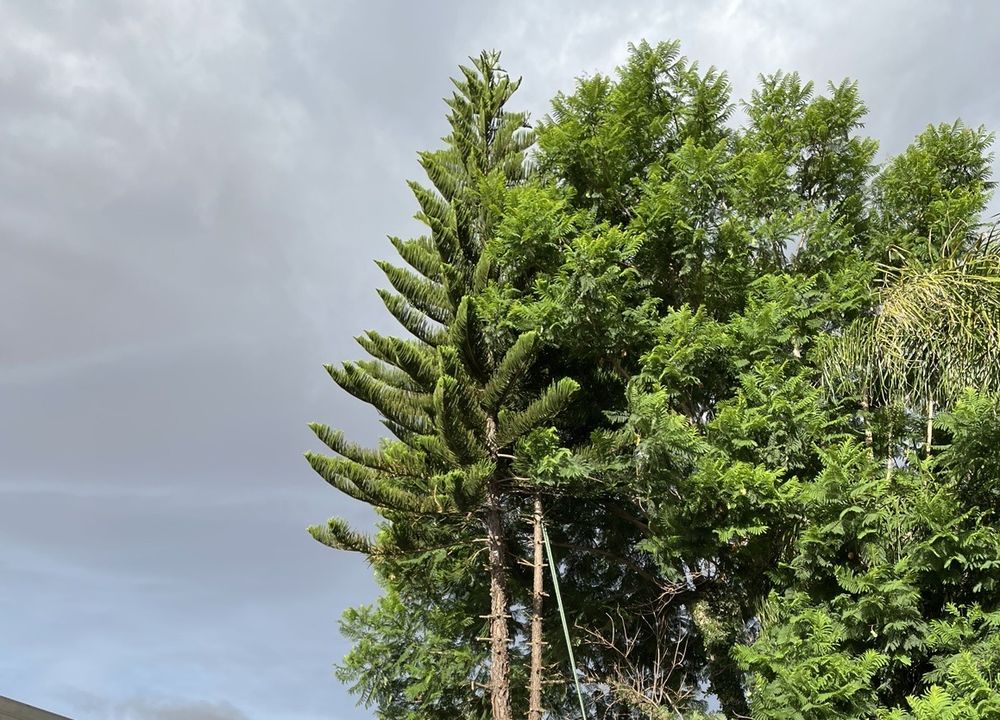
Importance of Correct Pruning Timing
Optimal Timing
Pruning your trees at the right time is crucial for their health and longevity. Different tree species have specific pruning requirements based on their growth patterns.
Pruning during the spring season is ideal for most trees as it promotes new growth. This period allows trees to recover quickly from any cuts made, leading to healthier and more robust plants.
Seasonal Guide
For fruit trees like apple or peach, pruning in late winter or early spring before they start budding is recommended. This timing helps maximize fruit production and ensures a healthy tree lifespan.
Conifers, on the other hand, are best pruned in late winter when they are dormant. Pruning during this time minimizes sap loss and stress on the tree, aiding in better recovery.
Tree Varieties
Understanding the optimal pruning times for different tree varieties is essential for successful pruning practices. Deciduous trees benefit from pruning during late winter to early spring, while evergreens prefer late winter pruning to avoid excessive bleeding.
Pruning at the right time not only enhances the aesthetic appeal of your trees but also plays a significant role in their overall well-being. It prevents diseases, encourages proper growth, and prolongs their lifespan.
Selecting the Right Tools for Pruning
- Pruning Shears: Ideal for cutting small branches and stems up to 1 inch in diameter.
- Loppers: Designed for thicker branches with a cutting capacity of around 1.5 inches.
- Pruning Saw: Used for larger branches that pruning shears or loppers can’t handle.
When it comes to proper pruning, selecting the right tools is crucial for achieving clean and precise pruning cuts. Using the correct tool ensures that you make accurate cuts without causing damage to the tree.
Importance of Sharp Tools
Using sharp tools is essential as they create clean cuts that promote faster healing and reduce the risk of disease transmission. Dull tools can crush branches, leading to jagged cuts that are slow to heal.
Maintaining sharp tools also minimizes stress on plants by making quick, clean cuts. Regularly sharpening your tools with a sharpening stone or file ensures smooth cutting action, benefiting both the plant and the pruner.
Sanitizing for Disease Prevention
Sanitizing your pruning tools is critical for preventing the spread of diseases between plants. After each use, clean your tools with a solution of one part bleach to nine parts water. This practice helps eliminate any pathogens present on the blades.
To prevent rust and extend the life of your tools, always dry them thoroughly after cleaning. Applying a light coat of oil to metal parts prevents corrosion and keeps your tools in top condition.
Benefits of Hiring Pruning Professionals
Expertise Advantage
Professionals bring a wealth of experience and expertise to tree pruning, ensuring optimal results. Their knowledge of different tree species enables them to apply specific techniques for each tree’s health and growth.
Their training helps in identifying potential issues early on, preventing costly problems down the line.
Proper Techniques Assurance
Hiring professionals guarantees that the correct pruning techniques are used, promoting healthy tree development. They understand the importance of precise cuts to avoid damage and disease spread.
By entrusting experts with your trees, you ensure they receive the care they need to thrive for years to come.
Long-Term Benefits
Investing in professional tree care services leads to long-term benefits such as improved aesthetics and increased property value. Well-maintained trees enhance the overall look of your landscape.
Moreover, regular pruning by professionals can extend the lifespan of your trees, reducing the risk of falling branches and potential hazards.
Closing Thoughts
You’ve now learned the top mistakes to avoid when pruning your trees in California. By understanding the importance of proper pruning techniques, you can steer clear of tree topping errors, risks of improper cutting methods, and the consequences of over-pruning. Timing is crucial, as is using the right tools or considering professional help for optimal results. Remember, your trees are valuable assets that deserve the best care to thrive and enhance your property’s beauty and health.
Take action today by applying these insights to your tree pruning practices. Your efforts will not only benefit your trees but also contribute to a safer and more visually appealing outdoor environment. Keep learning and refining your pruning skills to ensure the long-term well-being of your trees. Stay informed, stay proactive!
Transform Your Landscape with JC Tree Service’s Precision Tree Pruning
If you’re facing tree-related challenges at your home or business, JC Tree Service is here to provide you with expert solutions. Whether it’s unsightly branches diminishing your property’s curb appeal or potential hazards threatening your safety, our specialized team handles it all. From precise tree pruning to comprehensive removal and landscaping services, we’ve got you covered in Brentwood, Antioch, and beyond.
Understanding the importance of both aesthetics and safety, we prioritize delivering top-tier tree care tailored to your needs. Tree pruning, in particular, is not just about enhancing visual appeal—it’s crucial for maintaining the health of your trees. It can prevent the spread of disease and minimize the risk of falling branches. With JC Tree Service, you can rest assured that your landscape is in professional hands. We are committed to keeping your outdoor spaces both beautiful and safe.
Don’t let tree problems overshadow the beauty and safety of your environment. Contact JC Tree Service today to discuss how our tree pruning and other services can transform your property. We offer a free, no-obligation quote to get you started. Experience the difference professional tree care can make!
Disclaimer
The materials available on this website are for informational and entertainment purposes only and not to provide legal or professional advice. You should contact your attorney or home improvement specialist to obtain advice concerning any particular issue or problem. You should not act or refrain from acting based on any content included in this site without seeking legal or other professional advice. The information presented on this website may not reflect the most current home improvement developments. No action should be taken in reliance on the information on this website. We disclaim all liability concerning actions taken or not taken based on any or all of the contents of this site to the fullest extent permitted by law.

